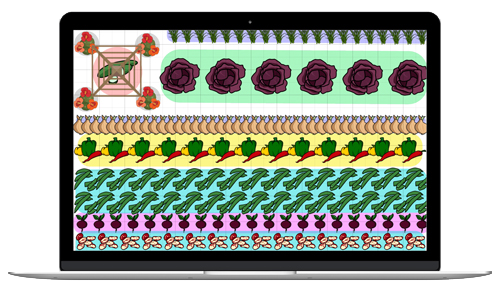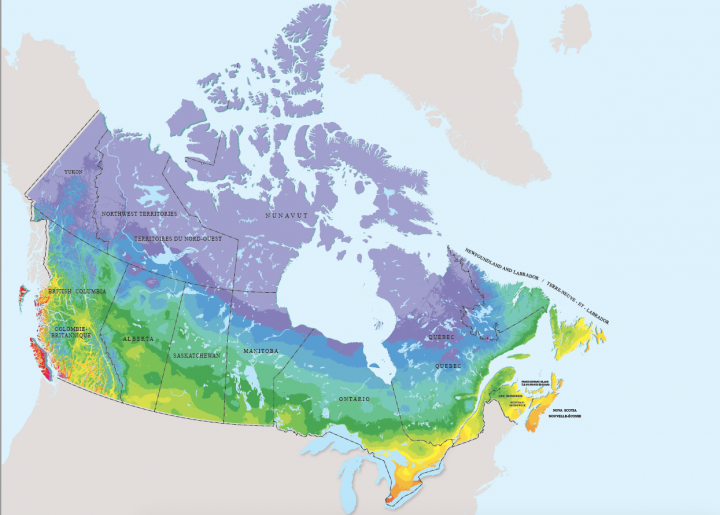
Find Planting Zones and Growing Zones for the U.S. and Canada
The Almanac Garden Planner - Use It Free for 7 Days!
Plan your 2025 garden with our award-winning Garden Planner.
ADVERTISEMENT
I thought I could post picture of various zone temps. 5a is medium blue with low temps of -15 to -20 degrees
https://www.arcgis.com/sharing/rest/content/items/b1d1fd9b284e46dcaa43959bec439b44/resources/images/widget_200/1694807065417.png
Pretty much useless for me. No color code listed. Dark green means what, zone 3,6,9???
Me again. Here in the western U.S., we have the Sunset Western Garden Guide, which breaks down the climate in great detail. I believe this explains the temperature differences at my old house. I don't know if there is such a guide for other parts of the country, but it helps me at my present house.
Where I used to live (high desert of Southern CA), I felt like we had our own personal micro climate. In the winter, one mile in any direction was 10 degrees warmer than at our house and 10 degrees cooler in the summer. We had a pump house for our well that we had to heat in the winter and a mile down the road, that property had their well pump out in the open. It doesn't even seem possible, but it's true!
So Sad that the Farmer's Almanac, a once trusted source for Weather and Gardening now believes in Climate Change. The earth has will always change naturally. To believe the hoax of imminent and deadly climate change is a detriment to the Farmer's Almanac. Benjamin Franklin and Robert B. Thomas are spinning in their graves.
Is the climate not changing? Just because we have limited historical data, are you saying its not getting warmer? Did we not have two Ice Ages? Did it not get warmer? Did climate not change? Are you joking?
I’m assuming you’re a scientist who disagrees with the majority of scientists who are concerned about the affects of climate change. Since Benjamin Franklin was an extremely intelligent individual, I would image he would look into the facts and probably agree with the actions of the current publishers of his magazine. For men of his time, women didn’t receive the respect they deserved because men decided that women weren’t intellectual or any where close. You would be at home in the 18th century world, not so much today in most circles.
I’m assuming you’re a scientist who does not grasp the idea that the Earth is approximately 4.54 billion years old. The benchmark dataset of daily high/low temps only goes back to 1880. Isn't this pretty limited in the grand scheme of things?
I totally agree.
Can not believe that people are falling for that Climate Change Hoax.
Summer, hot
Fall, mixture…cool/warm/cool
Winter, cold
Spring, mixed…cool/warm/cool
That’s how The Almighty Creator of the seasons designed the atmospheric changes.
Don’t fall for the lies of man, that are doing the devils work here on earth.


.jpg)








